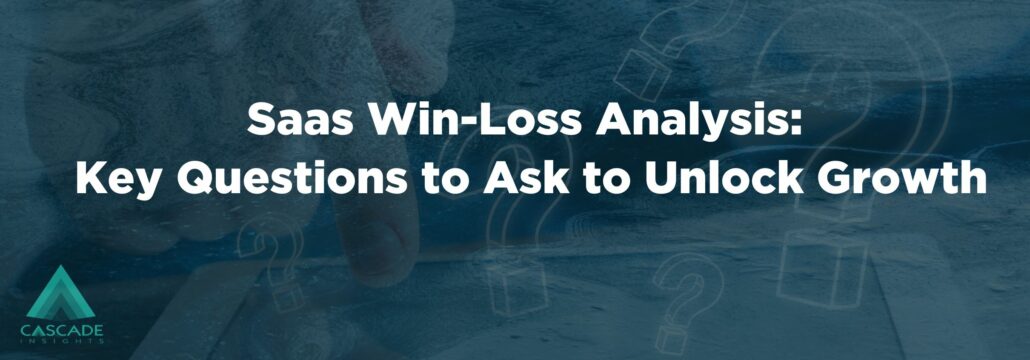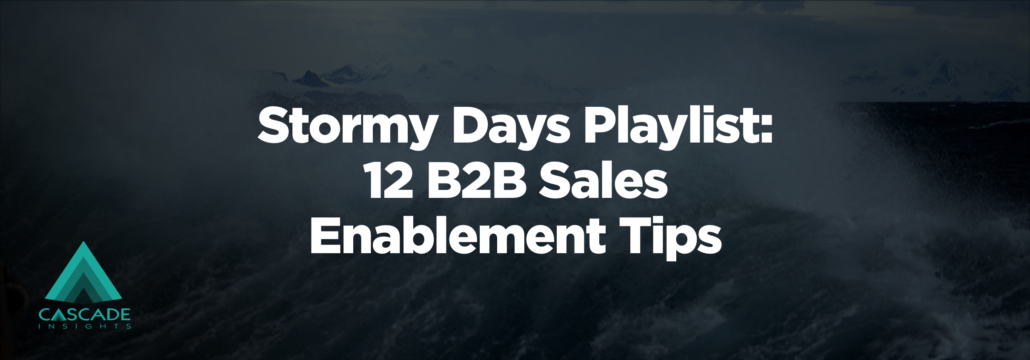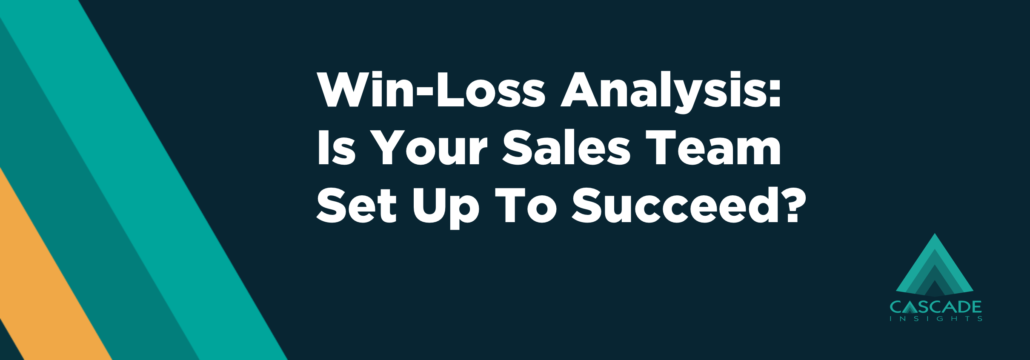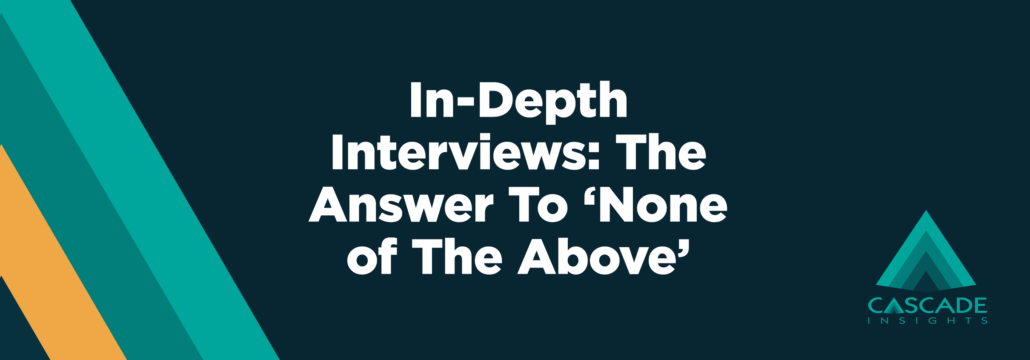
SaaS Win-Loss Analysis: Key Questions to Ask to Unlock Growth
These are the key questions that every SaaS win-loss analysis should ask to unlock big opportunities.
Explore our customer case studies to see how we drive innovation and success in the B2B tech market."








